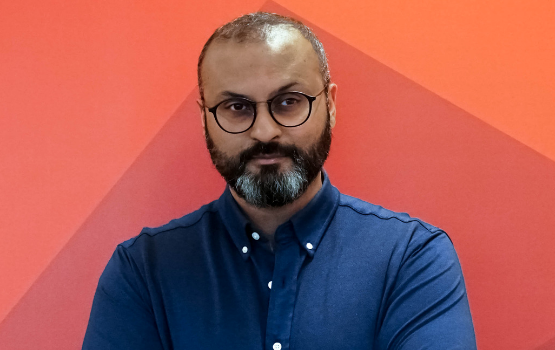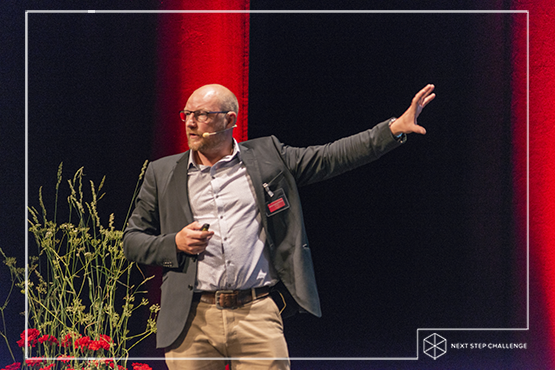The Perfect Pitch
By Moonis Kamil, Serial Entrepreneur & Investor
“A pitch is not only something that fund-seeking startups can use. Rather it can be a great generic way to quickly present your company and its potential”, claims Moonis Kamil, serial entrepreneur, investor and a man who says he’s made so many mistakes while learning and growing as a business persona.
We talked to him about some of the things he learned about pitching:
It is a huge subject, and it all depends on the outcome you are looking for. Are you changing banks, are you onboarding a C-level executives, are you hitting for a homerun at some VC fund, or something entirely else? Are you in pitching competitions, or are you trying to convert better through emails and cold calls? No matter what you do, remember that everything is sale. In this interview I will not be able to summarize or even go deeper in to what a good sale is in the context of pitching, but I can give my quick 2-cents on the subject.
I like the ideas behind making an ‘Executive Summary’ or ‘Company Presentation’ as it helps you so much in making short and precise materials.
Both young companies and more established enterprises experience situations, where they must present their company value proposition in short. In the following I will describe the do’s and don’ts of a company reaching out to an investor.
The executive summary is a short presentation of exactly why the company exists and why it is successful or potential successful in its field. And second of all; which are the core value propositions, the market advantages and differentiations, the potential risks and most of all: Why they reach out! Don’t forget to mention what you expect to gain from the inquiry.
The executive summary can be a very good first point of starting a dialogue with an investor, partner, stakeholder, customer etc.
I can recommend reading Eric Markowitz fine article about this topic.
Some pointers
• Keep it short. No long explanations or detailed business plans.
• Mention the pitfalls and the positive ways they are handled. Don’t leave them hanging.
• Be relevant in the subject line. What do you want from the connection? Don’t be fluffy or unspecific.
• Don’t be afraid to tell in the mail why it’s in my best interest to actually read what you sent; “I think you should read the Exec Summary attached, we are quite certain that we have got something unique here, and that we might be good match. I’ll give you a call end of the week to follow up if it’s ok with you.”
First telephone call
The initial e-mail with the executive summary is a FYI and needs to be followed up by a personal telephone call.
Focus on how to create value for the investor (or partner, stakeholder, customer etc.). Leave out the irrelevant information and long explanations and stick to plain facts and figures.
I just love it when I am asked directly: ‘How can we be a success together? In which criteria do I need to succeed for us to have a partnership? Which information were you missing when you read the previous mail?’ And then just send me what I ask for and cut all the rest. Make it simple for me – and don’t forget to tell me why you choose ME!
The live meeting
Making the essential live presentation of your company – with the team – is now no longer the first point of contact with the investor. It makes the live presentation more a link-building feeling of the connection.
After that the individual sessions start – with more detailed deep dives in to the company.

The recipe
1. Executive Summary sent by e-mail.
2. Follow up by telephone.
3. Send e-mail with the information asked by the recipient.
4. Follow up by telephone and arrange the first meeting.
5. First meeting and first LIVE presentation.
6. Followed by an individual process.
See all pitches live at the Finale Event!

Pitch Training by Moonis Kamil
During the Next Step Challenge program the participating high-growth companies are training their pitches with Moonis Kamil.
In the first workshop – Value Creation – the focus is finding the core value you bring your customers. That insight will lead to the workshop – A Great Presentation in the Making – and afterwards, there will be a day of pitch training with Moonis Kamil and a board of industry experts.
Finally the pithc will be presented to a Selection Board of high-profile industry leaders, prior to the Finale Event where all participants will pitch on stage for an audience of several hundred people.
However making a short and precise presentation of your company is not only relevant for the finale – it is the most useful tool to present your company in sales and marketing materials towards customers.
See the programs to your success